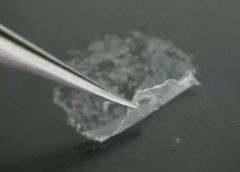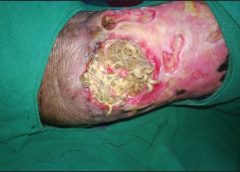By Kari Olson Finnegan, BSN, and Liz Ferron, MSW, LICSW
If you have at least one parent age 65 or older and are raising children or financially supporting a child age 18 or older, you’re part of the Sandwich Generation. Coined in 1981 by social worker Dorothy Miller, the term originally referred to women, generally in their 30s and 40s, who were “sandwiched” between young kids, spouses, employers, and aging parents. While the underlying concept remains the same, over time the definition has expanded to include men and to encompass a larger age range, reflecting the trends of delayed childbearing, grown children moving back home, and elderly parents living longer. The societal phenomenon of the Sandwich Generation increasingly is linked to higher levels of stress and financial uncertainty, as well as such downstream effects as depression and greater health impacts in caregivers. (more…)
Read More

